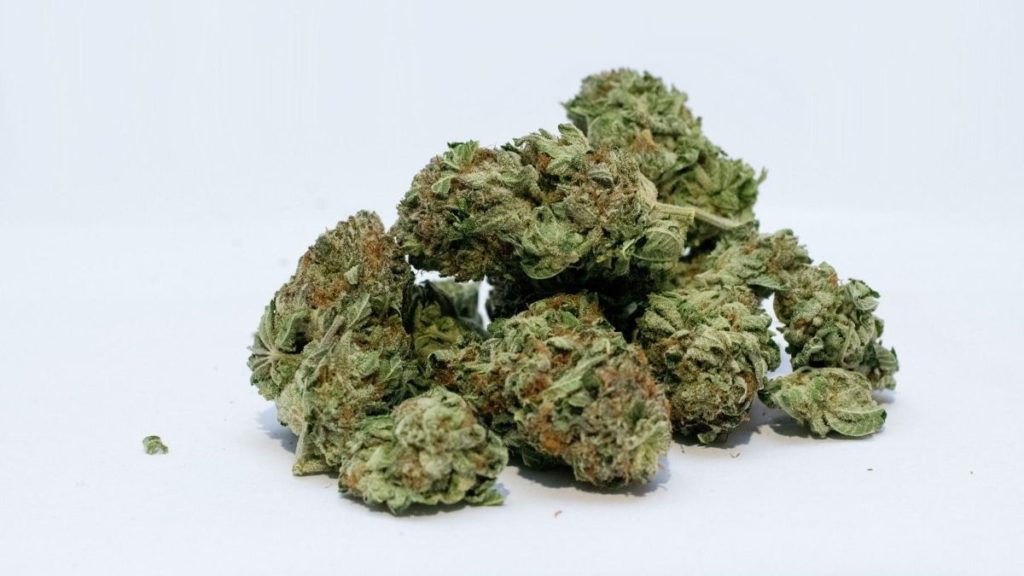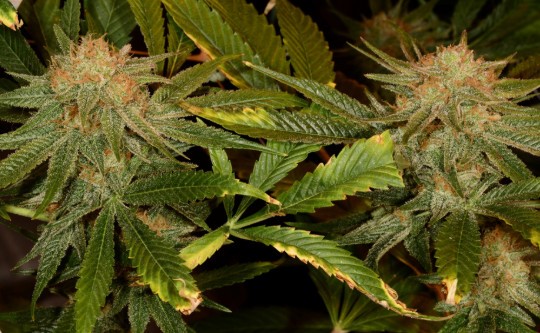Canada’s marijuana industry is taking the Field of Dreams approach. In the 1989 movie, the Iowa corn farmer played by Kevin Costner hears a whisper saying, “If you build it, he will come.” The “it” referred to a baseball field in the middle of a cornfield. The “he” referred to deceased baseball legend Shoeless Joe Jackson, who was kicked out of major league baseball because of his alleged participation in a scheme with gamblers to throw the 1919 World Series games. This was known as the Black Sox scandal.
Big Canadian marijuana growers like Canopy Growth (NYSE:CGC), Aurora Cannabis(NASDAQOTH:ACBFF), and Aphria (NASDAQOTH:APHQF) aren’t building a baseball field in hopes that famous dead players will show up. However, they are cranking up production capacity in the hopes that there’ll be a huge demand for recreational marijuana in Canada.
There’s a significant risk for these companies, though, that could get in the way of a Hollywood happy ending. Here’s why the biggest threat to Canadian marijuana stocks could be… marijuana.
Black market’s shadow
One key threat to Canada’s marijuana growers could come from the black market. To understand how serious this threat could be, just look at California’s experience. Recreational use of marijuana began to be allowed legally in California effective on Jan. 1, 2018. However, recreational weed sales so far have been less than expected.
It’s not a trivial issue. California projected that revenue from taxes on legal marijuana would reach $185 million in the first half of 2018. In the first three months of this year, however, the state has collected taxes totaling only $33.6 million.
The culprit? Availability of weed in the black market. Businesses that obtained licenses from the state to sell recreational marijuana point to the wide availability of illegal marijuana in California. Weed can be bought on the black market for lower prices because the sellers of the illegal products don’t pay any taxes.
Could this be a problem in Canada? Perhaps. The country already has a substantial black market for marijuana. In 2017, 4.6 billion Canadian dollars that was spent on marijuana in Canada was for non-medical purposes, according to Statistics Canada. Since only medical marijuana is currently legal in the country, it’s fair to say that most marijuana sales last year were made on the black market.
Legalization of recreational marijuana in Canada won’t make the black market disappear. Canopy Growth, Aurora, and Aphria likely will experience at least some level of competition from illegal sellers of marijuana. And these competitors probably will be able to offer customers more attractive prices — just like what’s happened in California.
Potential glut reaction
It’s not just illegal marijuana that could threaten Canadian marijuana stocks, though. There’s a real possibility that the country could be headed for a major supply glut, even without marijuana supplied from the black market.
Just look at the three biggest marijuana growers. Canopy Growth, Aurora Cannabis, and Aphria combined are on course to be able to grow in the ballpark of 1.3 million kilograms annually. That figure will be even higher with Aurora’s acquisition of MedReleaf (NASDAQOTH:MEDFF), the biggest marijuana merger to date.
The problem is that demand for marijuana in Canada is expected to be between 600,000 and 900,000 kilograms per year. Even using the higher end of this range, it’s clear that the supply provided by the “big three” marijuana growers will exceed the demand.
You don’t have to be an economics expert to know what happens when supply is greater than demand: Prices fall. And when prices fall, revenue also falls for marijuana growers. And with cheaper marijuana available on the black market, the potential repercussions of a supply glut would hit marijuana stocks even harder.
Keeping things in perspective
Is the biggest threat to Canadian marijuana stocks really marijuana? I think so — both from the black market and from a potential supply/demand imbalance. However, it’s important to keep things in perspective.
Canada plans to impose an excise tax on recreational marijuana of at least 10% of the product price. Sales taxes between 5% and 15% also will be tacked on by the provinces. This means that taxes could add up to 25% to the purchase price for consumers.
By comparison, California currently applies a 15% excise tax on recreational weed sales. Sales taxes can be as high as 9.2% in some counties in the state. In addition, many cities have their own sales taxes. Overall, taxes can add as much as 45% to the cost of marijuana in California — higher than what will be seen in Canada.
Also, California isn’t the only case study to use when thinking about how the recreational marijuana market in Canada could fare. Recreational weed has been available legally in Colorado since 2014. While Colorado also has a black market, sales of marijuana have steadily increased over the last few years and topped $1.5 billion in 2017. If Canada’s market performs in a similar way as Colorado’s, the threat to major marijuana growers like Canopy, Aurora, and Aphria shouldn’t be too concerning.
But what about the looming supply glut in Canada? I think there’s more likely to be a supply shortage initially after the country legalizes recreational marijuana. Although many companies, including the ones that have been mentioned, toss around capacity numbers, most of those figures are projected capacities for at least a year from now.
More important, though, is that Canopy Growth, Aurora, Aphria, and others aren’t just focused on the Canadian market. Global demand for medical marijuana is increasing, especially with a large and rapidly growing market in Germany. Total demand for marijuana in all countries where it’s now legal could greatly exceed current supply projections for the leading Canadian marijuana growers.
My view is that the story for the larger Canadian marijuana growers will play out pretty much like Field of Dreams. They build the capacity… and the customers will come.
Credit: fool.com













